|
117. Boloria euphrosyne (Linnaeus, 1758) / Pearl-bordered fritillary / Nymphalidae –Heliconiinae
NL: zilvervlek / D: Veilchen-Perlmutterfalter, Silberfleck Perlmutterfalter / F: grand collier argenté
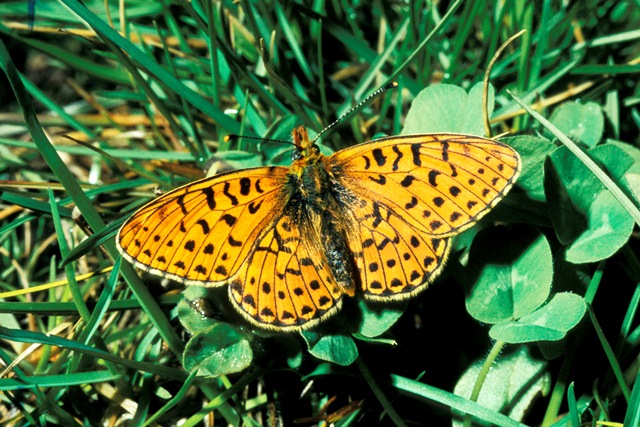 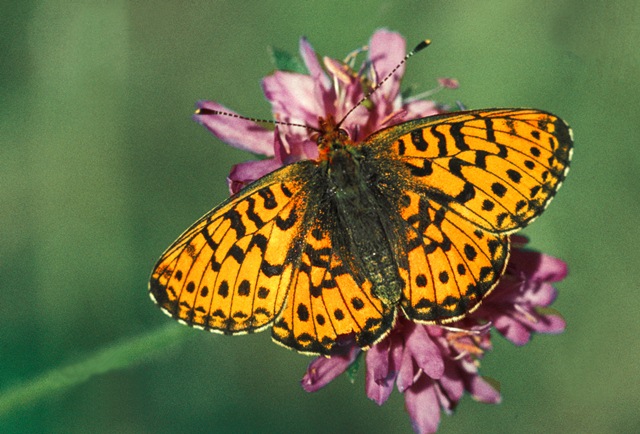 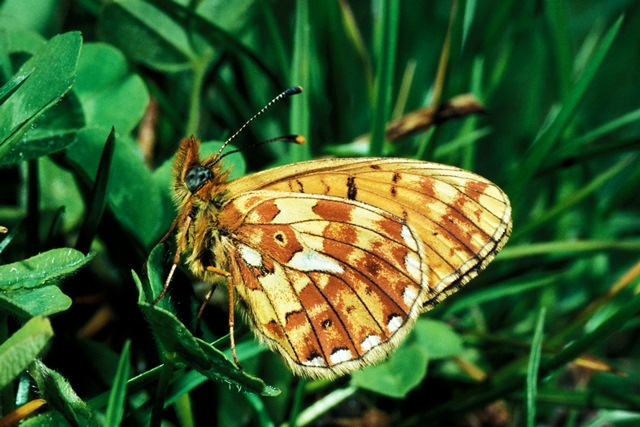
Photographs: Frits Bink ©.
Medium-sized, wing length 21 (19-23) mm. In the Benelux, a woodland species that occurs now only in Luxemburg and Wallonia. It disappeared from Flanders around 1949 and from the Netherlands around 1969.
Butterfly is on the wing from early-May until mid-June and known from maritime to continental climates, amplitude 6 to 20. Required heat sum is 450°d and tolerated one 2000°d. Corresponding climate windows are 20 weeks and 38 weeks.
In England the species was surveyed to discover the cause of its decline and it was concluded that the forests have become too dense and shady. Therefore coppicing and grazing were promoted to favour of this species (Asher et al. 216: 216-219).
The species occurs also far to the north and lives there in subarctic climate, where the subspecies lapponica can be met. Its required heat sum should be 80°d and its tolerated 300°d, so it will have a quite different life cycle in this region.
Ecological characteristics
Behaviour over time
Overwintering: larva in the fourth instar in the litter layer.
Reproduction: oviposition starts after 5-6 days when the body contains 62 (46-78) eggs, estimated potential reproduction 2.6 times as much.
Larval feeding periods: in summer 27 (20-32) days in the period of June until September, followed in spring 40 (31-49) days from end-March until early-June. In the case of a second brood the feeding period is estimated to last about 27 days.
Generations: one, very seldom there can be a second one, more common in the south.
Spreading of risk: a repeated diapause may occur.
Life cycle: egg 13 (11-15) days; larva 4 weeks in the case of a second brood, 29-47 weeks in the hibernating one; pupa 14 (9-21) days.
Life span of adult: rather long, 3 weeks.
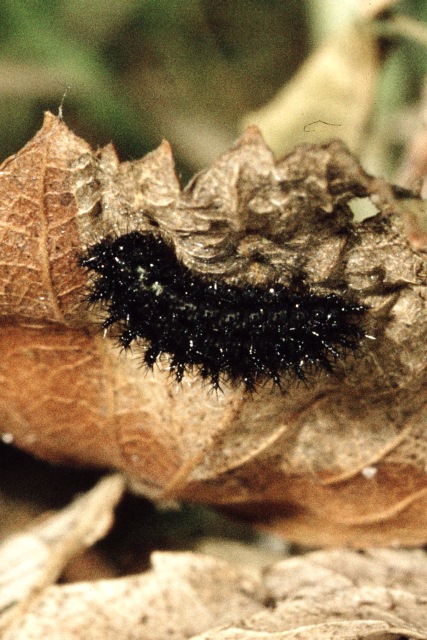 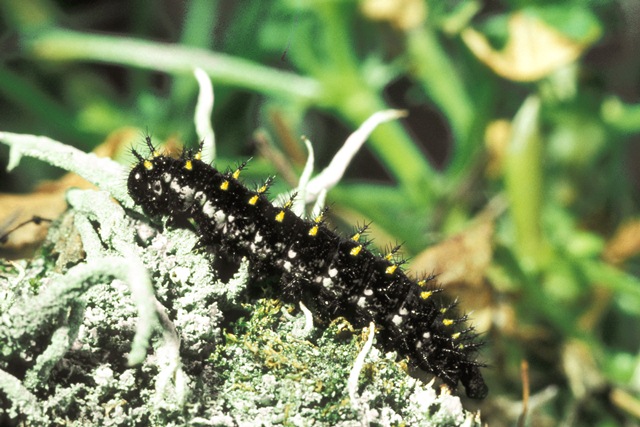
Photographs: Frits Bink ©.
Behaviour in space
From stay-at-home to migrant: stay-at-home, spatial requirement modest.
Finding a mate: male perches.
Orientation in the landscape: mosaic patterns in the gradient form wood to grassland.
Oviposition: individually on the underside of a leaf.
Defence
Threats from other organisms: the larva is armoured by bristles.
Threats from the environment: the species is known from humid or light shadowed environments, so it is to consider as vulnerable to heat and drought.
Feeding habits
Adult: nectar of all kind of flowers, preference for yellow composites.
Larva: larvae wander around, bask and feed on violets.
Larval foodplants
Plant species: Violaceae, Viola canina, V. hirta, V, reichenbachiana, V. riviniana.
Journal
Rearing experiment based on specimen from Bräkne-Hoby, Fåglaslätt, Skåne, Sweden:
11 June 1984: female captured.
26 June: eggs hatched.
7 July: larvae in moult L1-2.
13 July: larva in third instar.
20 July: larva end third instar, 10 mm in length, in diapause.
Overwintered outdoors.
3 February 1985: taken indoors, some larvae basked.
12 February: first larva started to eat, basked at 34°C, but later preferred places at 30°C.
17 February: second larva started to feed.
16 March: larvae in moult.
24 March (host plant test): Viola hirta both young and old leaves were eaten, V. odorata and V. reichenbachiana only young shoots, V. tricolor all parts.
24 March: first larva pupated.
30 March: second larva pupated.
2 April: all pupated, except the one which is in a second diapause.
14 April: first adult appeared.
18 April: last three pupae hatched.
24 April: female started to oviposit.
Table 117-1. Results of dissections

Table 117-2. Collection and observation localities
F, Lorraine, Damvillier 49° 21’ 27”N – 5° 24’ 21”E; 12 June 1984.
F, Trigance, 1100 m, 43° 46’N – 6° 26’E; 8 May 1997.
S, Bräkne-Hoby, Fåglaslätt, 56° 13’N – 7° 07’E; 11 June 1984.
S, Gotland, Buttle, 57° 25’ 09”N 18° 34’ 38”E; 25 June 2004.
S, Gotland, Grogarns, 57° 25’ 32”N – 18° 53’ 21”E; 14 July 2004.
S, Gotland, Klinteklinten, 57° 40’ 14”N – 18° 46’ 26”E; 13 July 2004.
S, Gotland, Lickershamn, 57° 50’ 17”N – 18° 34’ 54”E; 23 June 1982, 3 July 2004.
S, Gotland, Ljugarn, 57° 22’ 03”N – 18° 41’ 31”E; 13 July 1982, 21 June 2004, 24 June 2004.
S, Gotland, Östergarn, 57° 24’ 43”N – 18° 43’ 27“E; 15 July 2004.
Fig. 117-1. Boloria euphrosyne, phenogram adapted from Fichefet et al. 2008: 187.
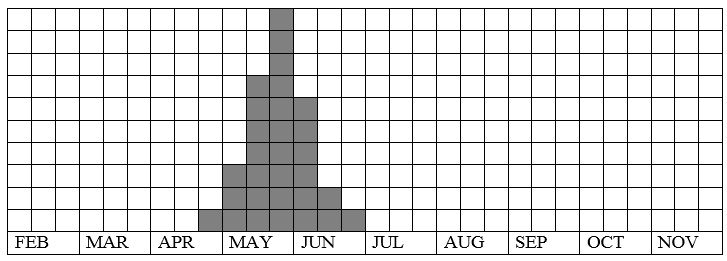
Fig. 117-2. Boloria euphrosyne, habitat characteristics.
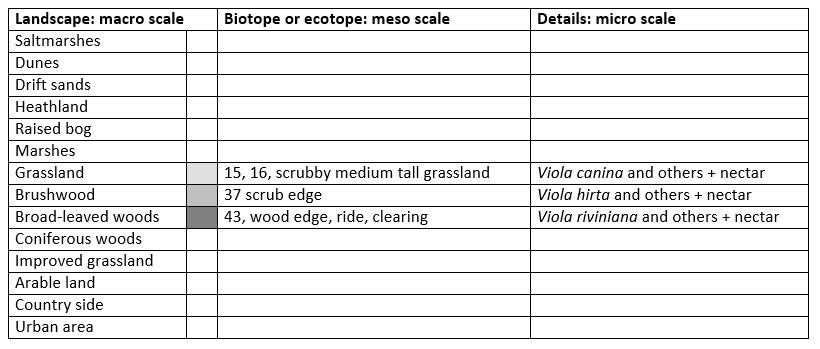
Fig. 117-3. Boloria euphrosyne, climate matrix, heat-sums 450 - 2000°d.
Boloria euphrosyne lapponica, heat-sums 80 - 300°d (dark part).
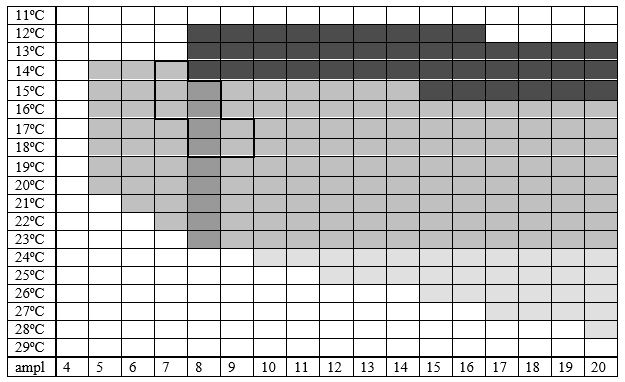
|










